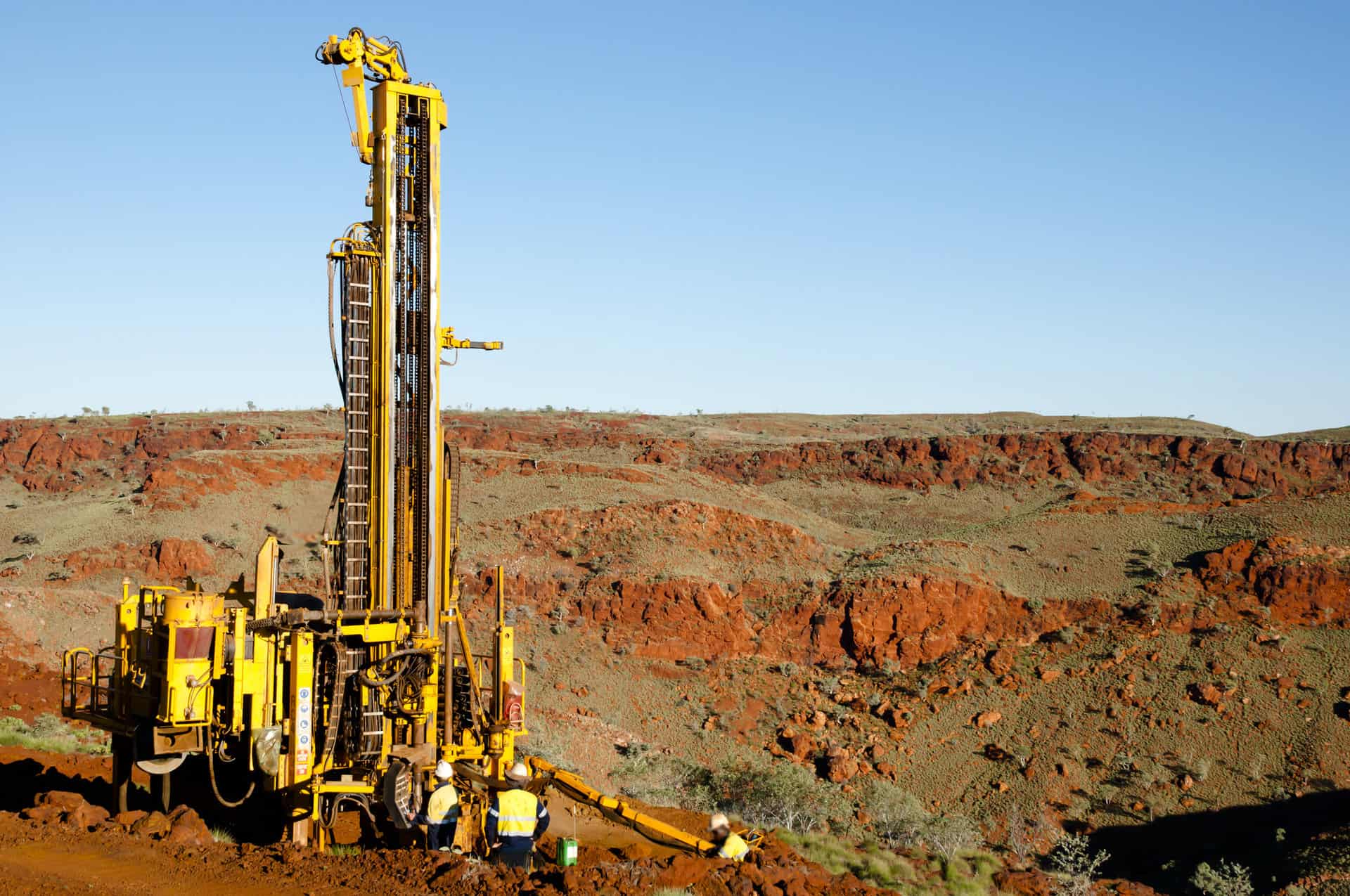
Environmental groups are suing the Forest Service to halt mineral exploration in Arizona’s remote and biologically diverse
Patagonia Mountains.
The legal fight is playing out in close proximity to a separate mineral project the Biden administration hopes to fast-track. Groups including the Arizona Mining Reform Coalition, the Center for Biological Diversity and Earthworks filed a lawsuit Tuesday in the U.S. District Court for the District of Arizona, challenging the agency’s approval of the Sunnyside and Flux Canyon exploratory mineral drilling projects.
The legal challenge zeroes in on the Forest Service’s approval earlier this month of exploratory drilling in an area of the Coronado National Forest that the groups say contains nesting and foraging sites for the threatened Mexican spotted owl and Western yellow-billed cuckoo, as well as habitat for endangered jaguars and ocelots. The Forest Service said it does not comment on ongoing litigation and referred questions about the lawsuit to the Department of Justice, which did not immediately respond to a request for comment. According to the lawsuit, Arizona Standard LLC, a subsidiary of Barksdale Capital Corp., a Canadian metals exploration company, would be able to drill up to 30 new well pads to look for copper, lead, zinc and silver. Separately, the agency approved the Flux Canyon project, which would allow Arizona Minerals Inc., a Nevada-based corporation held by South32 Ltd., an Australian mining and metals company, to develop more well pads to identify silver, lead and zinc deposits.
*****
The lawsuit also says that the cumulative impacts of such drilling projects would “transform this mostly undeveloped landscape with a constant disruption of noise, lights, dust, human activity, and vehicle traffic for the foreseeable future.” The Forest Service’s conclusion that the Sunnyside project didn’t require a full environmental impact study and that Flux Canyon required no environmental assessment is “arbitrary and unlawful,” the groups said.
“These oversights, omissions, misreadings, and failures violated NEPA,” attorneys for the groups wrote in the lawsuit. The Patagonia Mountains are also home to a separate mining project that the federal government is fast-tracking, which environmental groups say adds to the cumulative impacts on vulnerable species.
The Biden administration in May announced it is moving to expedite the review and approval of a manganese and zinc mine in southern Arizona, South32 Hermosa’s $1.7 billion underground mine and processing plant. “It’s clear these cumulative impacts will be significant for wildlife,” said Laiken Jordahl, an advocate with the Center for Biological Diversity.
Here’s a link to the description of the FAST-41 for the South32 Hermosa mine.
Does anyone know whether the litigation process is different for Fast-41 projects?
Compare: The Forest Service’s conclusion that the Sunnyside project didn’t require a full environmental impact study and that Flux Canyon required no environmental assessment is “arbitrary and unlawful,” the groups said.
To: (South32/FAST-41) “ensuring a thorough environmental review and upholding strong environmental, labor, tribal consultation, and community engagement standards.”
The latter doesn’t sound “FASTer,” but I guess we’ll see if South32 gets litigated. It also sounds like they are at different stages, with the former being “exploratory drilling” and the latter “proposes to construct a small-footprint, underground mining operation.” Does that mean they successfully got through the “exploratory drilling” paperwork?
Jon, I agree, I would have liked if there had been more comparison of the two efforts in the article. I was hoping someone familiar with the situation would tell us more.